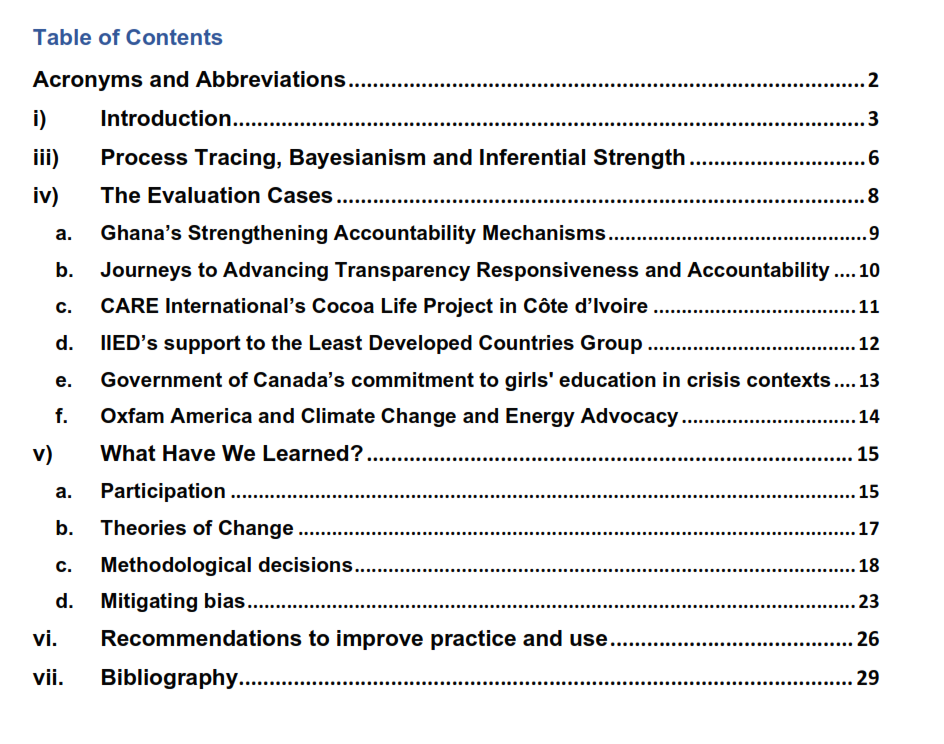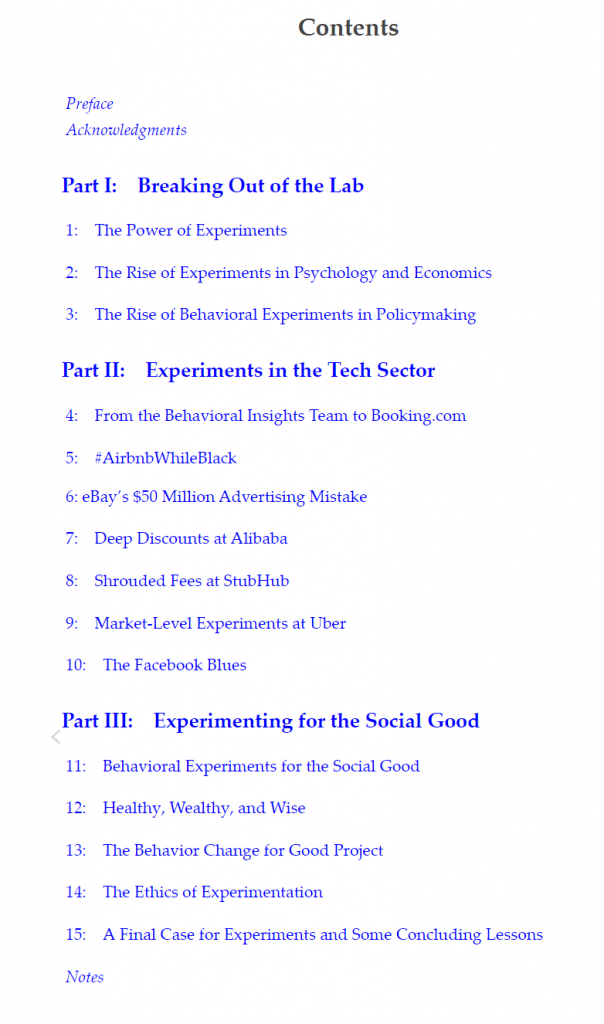WIDER Working Paper 2020/20. Richard Manning, Ian Goldman, and Gonzalo Hernández Licona. PDF copy available
Abstract: In 2006 the Center for Global Development’s report ‘When Will We Ever Learn? Improving lives through impact evaluation’ bemoaned the lack of rigorous impact evaluations. The authors of the present paper researched international organizations and countries including Mexico, Colombia, South Africa, Uganda, and Philippines to understand how impact evaluations and systematic reviews are being implemented and used, drawing out the emerging lessons. The number of impact evaluations has risen (to over 500 per year), as have those of systematic reviews and other synthesis products, such as evidence maps. However, impact evaluations are too often donor-driven, and not embedded in partner governments. The willingness of politicians and top policymakers to take evidence seriously is variable, even in a single country, and the use of evidence is not tracked well enough. We need to see impact evaluations within a broader spectrum of tools available to support policymakers, ranging from evidence maps, rapid evaluations, and rapid synthesis work, to formative/process evaluations and classic impact evaluations and systematic reviews.
Selected quotes
4.1 Adoption of IEs On the basis of our survey, we feel that real progress has been made since 2006 in the adoption of IEs to assess programmes and policies in LMICs. As shown above, this progress has not just been in terms of the number of IEs commissioned, but also in the topics covered, and in the development of a more flexible suite of IE products. There is also some evidence, though mainly anecdotal, 89 that the insistence of the IE community on rigour has had some effect both in levering up the quality of other forms of evaluation and in gaining wider acceptance that ‘before and after’ evaluations with no valid control group tell one very little about the real impact of interventions. In some countries, such as South Africa, Mexico, and Colombia, institutional arrangements have favoured the use of evaluations, including IEs, although more uptake is needed.
There is also perhaps a clearer understanding of where IE techniques can or cannot usefully be applied, or combined with other types of evaluation.
At the same time, some limitations are evident. In the first place, despite the application of IE techniques to new areas, the field remains dominated by medical trials and interventions in the social sectors. Second, even in the health sector, other types of evaluation still account for the bulk of total evaluations, whether by donor agencies or LMIC governments.
Third, despite the increase in willingness of a few LMICs to finance and commission their own IEs, the majority of IEs on policies and programmes in such countries are still financed and commissioned by donor agencies, albeit in some cases with the topics defined by the countries, such as in 3ie’s policy windows. In quite a few cases, the prime objectives of such IEs are domestic accountability and/or learning within the donor agency. We believe that greater local ownership of IEs is highly desirable. While there is much that could not have been achieved without donor finance and commissioning, our sense is that—as with other forms of evaluation—a more balanced pattern of finance and commissioning is needed if IEs are to become a more accepted part of national evidence systems.
Fourth, the vast majority of IEs in LMICs appear to have ‘northern’ principal investigators. Undoubtedly, quality and rigour are essential to IEs, but it is important that IEs should not be perceived as a supply-driven product of a limited number of high-level academic departments in, for the most part, Anglo-Saxon universities, sometimes mediated through specialist consultancy firms. Fortunately, ‘southern’ capacity is increasing, and some programmes have made significant investments in developing this. We take the view that this progress needs to be ramped up very considerably in the interests of sustainability, local institutional development, and contributing over time to the local culture of evidence.
Fifth, as pointed out in Section 2.1, the financing of IEs depends to a troubling extent on a small body of official agencies and foundations that regard IEs as extremely important products. Major shifts in policy by even a few such agencies could radically reduce the number of IEs being financed.
Finally, while IEs of individual interventions are numerous and often valuable to the programmes concerned, IEs that transform thinking about policies or broad approaches to key issues of development are less evident. The natural tools for such results are more often synthesis products than one-off IEs, and to these we now turn
4.2 Adoption of synthesis products (building body of evidence)
Systematic reviews and other meta-analyses depend on an adequate underpinning of well structured IEs, although methodological innovation is now using a more diverse set of sources. 91 The take-off of such products therefore followed the rise in the stock of IEs, and can be regarded as a further wave of the ‘evidence revolution’, as it has been described by Howard White (2019). Such products are increasingly necessary, as the evidence from individual IEs grows.
As with IEs, synthesis products have diversified from full systematic reviews to a more flexible suite of products. We noted examples from international agencies in Section 2.1 and to a lesser extent from countries in Section 3, but many more could be cited. In several cases, synthesis products seek to integrate evidence from quasi-experimental evaluations (e.g. J-PAL’s Policy Insights) or other high-quality research and evaluation evidence.
The need to understand what is now available and where the main gaps in knowledge exist has led in recent years to the burgeoning of evidence maps, pioneered by 3ie but now produced by a variety of institutions and countries. The example of the 500+ evaluations in Uganda cited earlier shows the range of evidence that already exists, which should be mapped and used before new evidence is sought. This should be a priority in all countries.
The popularity of evidence maps shows that there is now a real demand to ‘navigate’ the growing body of IE-based evidence in an efficient manner, as well as to understand the gaps that still exist. The innovation happening also in rapid synthesis shows the demand for synthesis products—but more synthesis is still needed in many sectors and, bearing in mind the expansion in IEs, should be increasingly possible.
Like this:
Like Loading...


